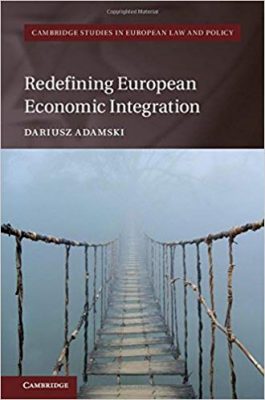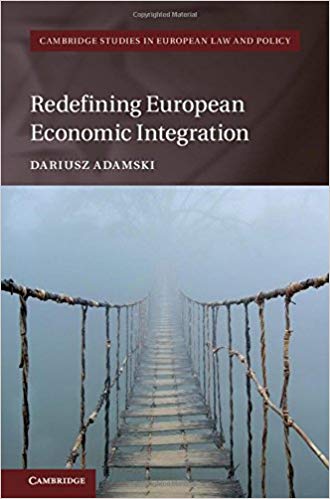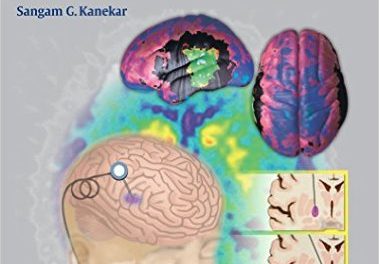 Author: Dariusz Adamski
Author: Dariusz Adamski
Publisher: Cambridge University Press – 480 pages
Book Review by: Sonu Chandiram
The purpose of forming the European Union (EU) was to make this region strong politically, economically and socially, writes the Dariusz Adamski. However, Britain has exited, and this event known as Brexit has had other member states and the rest of the world wondering if the EU will in fact become a strong and united region wherein all will derive some benefits by staying together or whether other countries may exit in the future.
This book consists of these 10 chapters we list below to give you an overview of its contents:
Introduction
- The Eurozone’s Original Sins
- Dead Rules Walking
- Thirty Pieces of Silver for Sovereignty?
- The Frankfurt Alchemist
- Shock Absorbers
- Redenomination
- Centrifugal National Institutions and Public Policies
- European Redistributive Policies: Grass Sprinkling Instead of Rebuilding the Garden
- The Internal Market: Disunited in Diversity
- The EU and Hidden Costs of Maximum Globalisation
Summary: Rerouting the European Project
Since its formation in July 2013, there are now 28 member states in the European Union (EU): Austria, Belgium, Bulgaria, Croatia, Cyprus, Czech Republic, Denmark, Estonia, Finland, France, Germany, Greece, Hungary, Italy, Ireland, Latvia, Lithuania, Luxembourg, Malta, the Netherlands, Poland, Portugal, Romania, Spain, Slovakia, Slovenia, and Sweden, and the UK.
No member state has as of yet withdrawn from the EU (or the EEC), however the Government of the United Kingdom triggered Article 50 to begin the UK’s withdrawal from the EU in March 2017 following a referendum, and the withdrawal is scheduled to occur officially on 29 March 2019.
Relations between the United States of America and the EU are bilateral relations between that country and the supranational organization. The USA and EU have been interacting for more than sixty years. The two parties share a good relationship which is strengthened by cooperation on trade, military defense and shared values.
Since the EU does not have a fully integrated foreign policy, relations can be more complicated when the member states do not have a common agreed position, as EU foreign policy was divided during the Iraq War. Understanding the relationship today means reviewing developments that predate the creation of the European Economic Community (precursor to today’s European Union). The two together represent 60 percent of global GDP, 33 percent of world trade in goods and 42 percent of world trade in services.
Among the most important economic data points on the EU are the following:
- Area – 3,930,000 square miles – 6.8 percent of world’s land area
- 37 million inhabitants – 7 percent of world’s population
- $16.630 trillion nominal (measured in US dollars) GDP – 19 percent of world GDP
- $18.210 trillion purchasing power parity (measured in Euros) – 14 percent of world GDP
- $35,750 GDP per capita (individual – average of 28 EU member states
- Global goods exports: $1,932 billion (2016) – 15.4 percent of world, ranking No.2
- Global goods imports: $1,889 billion (2016) – 14.8 percent of world, ranking No.1
- Global services exports: $917 billion (2016) – 24.9 percent of world, ranking No.1
- Global services imports: $772 billion (2016)– 21.1 percent of world, ranking No.1
In this book, Adamski writes that the Eurozone financial crisis and Brexit have demonstrated how fragile this hope of unity was and how contested the reforms to the major European economic policies have become.” He explains that the evolution of the following policies have made European economic integration “increasingly frail”:
- From Economic and Monetary Union to the internal (member state) market
- From international trade for collective benefit, to stronger nations helping weaker ones
- From all member states having a major EU climate policy to varying country policies
- From a unified resource policy to a redistributive policy from rich to poorer nations
Adamski contends that “erroneous political and economic assumptions regarding the direction of the European integration project have interplayed with the EU’s constitutional context.” And he is optimistic and even hopeful that “flaws in individual policies contributing to European can be remedied in compliance with the existing constitutional setup” and shows us “why such solutions would be economically beneficial and politically feasible.”
In many instances, initial plans for all sorts of objectives do not follow a straight line, especially when there are numerous individuals with their own ideas on how to achieve such objectives.
In this European integration “project” – the formation of a stable and lasting the European Union — the players are leaders of countries who have to also take into consideration what their constituents are thinking, and that makes it difficult to form a solid and effective organization.
Author:
Dariusz Adamski is Associate Professor of Law, Vice-Chairman for Research and International Cooperation, and Head of the Centre for European Economic Law at the Faculty of Law, Administration, and Economics at the University of Wroclaw in Wroclaw, Poland
He is also a Research Associate at the European Research Centre for Economic and Financial Governance in Rotterdam and a member of the leading Polish economic think-tank Civic Development Forum (Forum Obywatelskiego Rozwoju).







